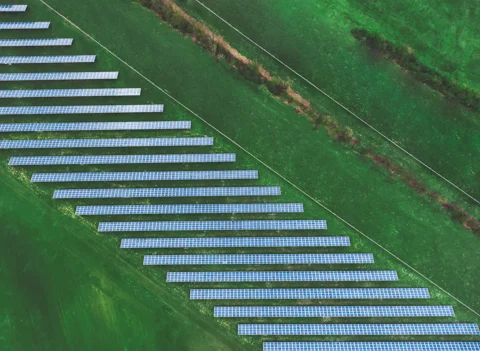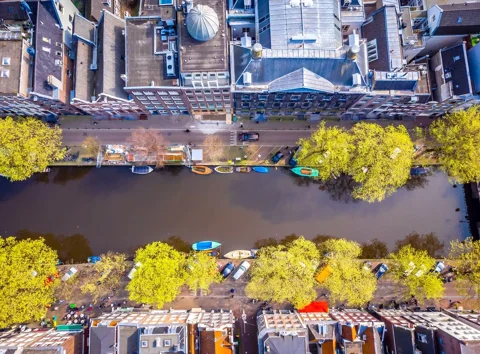Current issues related to economics, (responsible) investment, pensions and income: every week an APG expert gives a clear answer to the question of the week. This time: Jan-Willem Ruisbroek, head of infrastructure investment strategy at APG, on when renewable energy can be stored for later use.
Last weekend it happened both days: the Netherlands produced more solar and wind energy than was used, weatherman Gerrit Hiemstra tweeted. The energy surplus went abroad, because storage of wind and solar energy is still difficult. This raises the question of when we will be able to start storing it.
Solar energy
“Solar energy storage is already happening,” Ruisbroek says. “For example, APG is investing in some solar parks in Nevada and California, where there is a predictable pattern of solar power generation and consumption. At the solar farm, there are a number of large batteries that store the excess energy. Such a battery is the size of a shipping container and looks like a kind of server room. During the day, energy is stored in them that people can use in the evening when they come home and the sun is no longer shining. The challenge lies in scaling up the use of these kinds of batteries. They are still relatively expensive, but they are rapidly becoming cheaper. In about five to ten years, they may be so cheap that you can put a small version in your garage. Then the excess energy generated by your solar panels will not be fed back into the grid, but can be stored in your own battery. That consumer product is going to come anyway. At present, there is a huge hype about solar panels, and in five or ten years' time there will be a hype about batteries. So, we can already store solar energy, but it is not yet being done on a large scale and the costs are still relatively high.”
Wind energy
It will also be possible to store wind energy within about five years, Ruisbroek expects. “But it is likely that with wind this will be in the form of large-scale hydrogen projects. Large offshore wind farms are being built now. These consist of gigantic turbines, about as tall as the Eiffel Tower. They produce an enormous amount of energy. When that comes ashore, it has to be stored when there is an excess of energy. And wind is a very good source for turning water into hydrogen, which can store energy and be released as energy again after combustion. Shell and Gasunie are currently building a hydrogen power station in Groningen. It will use energy from wind turbines to produce hydrogen. This is done on an industrial scale and, unlike a battery for solar energy, is not suitable for private use. The big challenge for hydrogen is that there is not yet a large infrastructure for transporting it, although the existing pipelines for natural gas may be a solution.”



